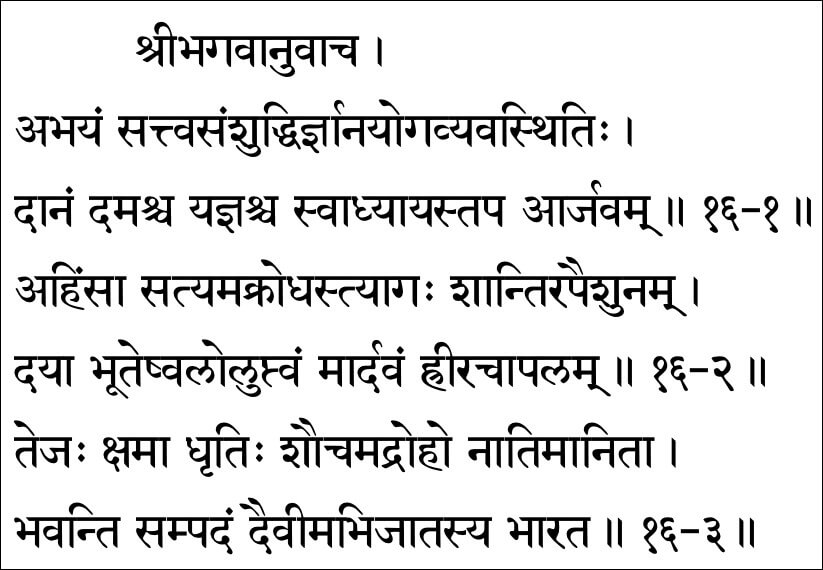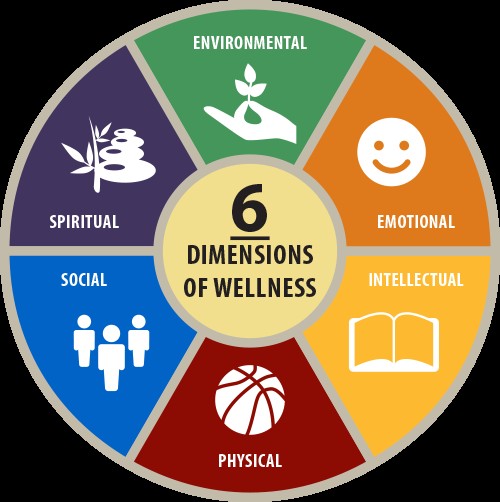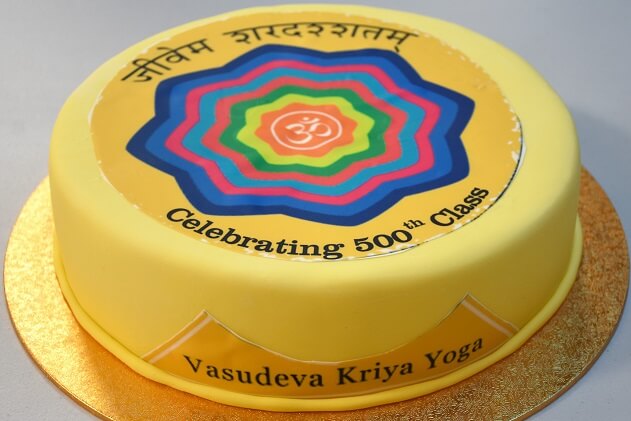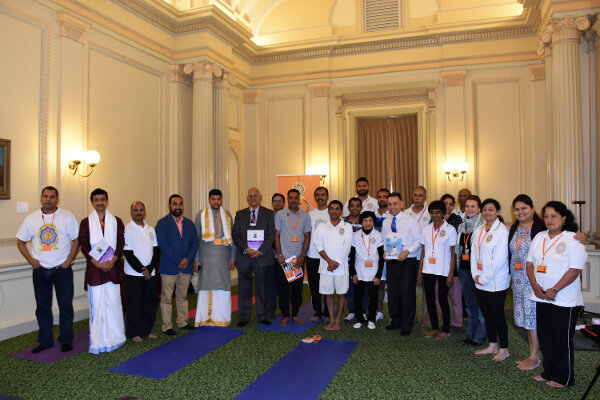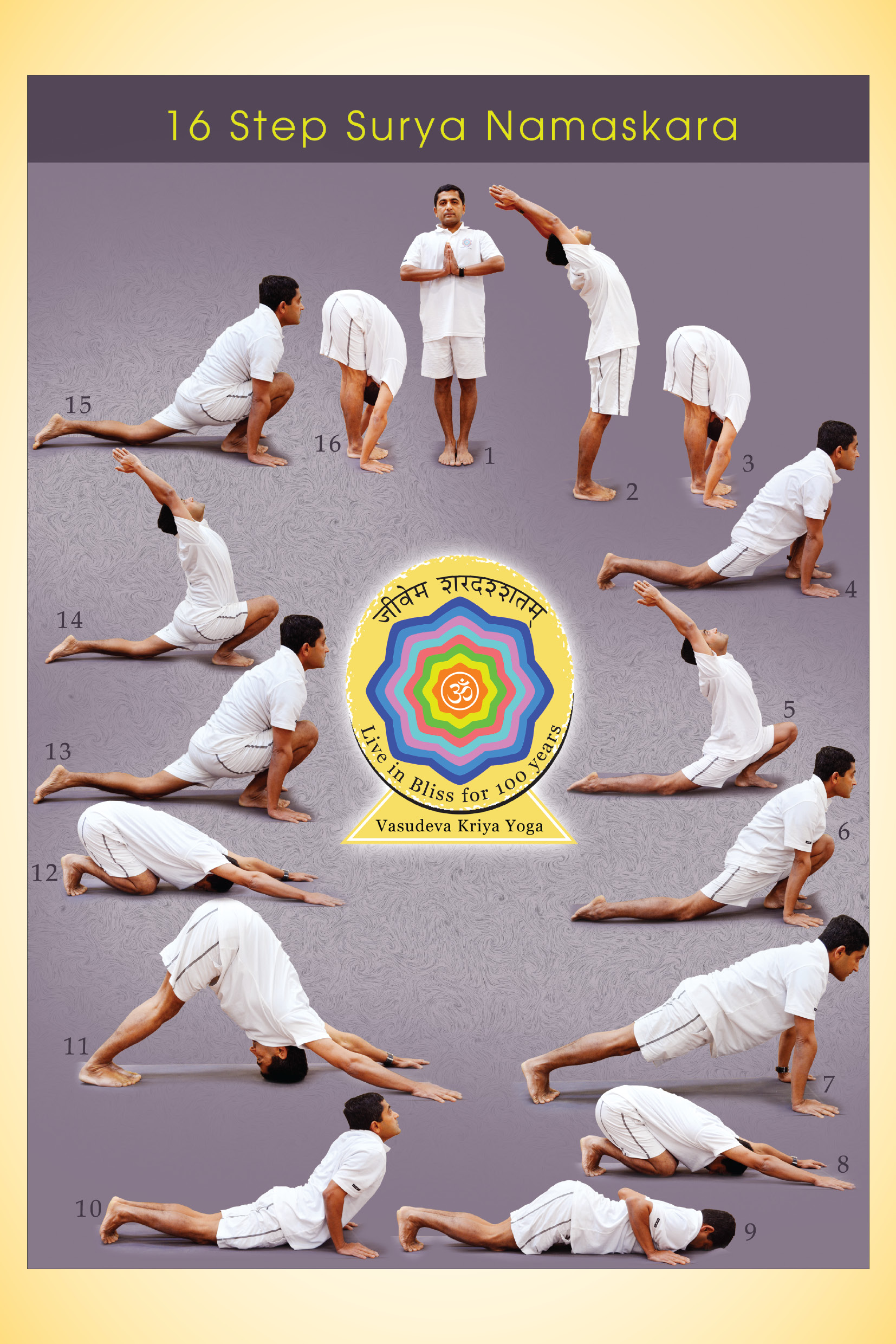Hata Yoga Pradipika is a one of the yoga texts with 389 vases contained in four chapters.
In the first chapter it says that the Practitioner of yoga will note get the desired results because of over eating, over talking, over exertion, following unsuitable vows, inconsistency in practice and having the wrong company. On the other hand one succeeds in yoga by getting all desired results through cheerfulness, perseverance, courage, true knowledge, belief in the words of the Guru and by abandoning the wrong company. Yoga sadhaka (practitioner) should be always cheerful and should not have a dull outlook. He or she should be always willing to act when called for.
Another quality to succeed is perseverance. One should finish the task one has taken upon however difficult it may be. If required he or she call upon others for support but should never drop the ball half way through before taking on another task. By doing this one will start losing faith and trust by others. One must be courageous and should be willing to take up the challenges and responsibility. One should not be weak hearted and should not be swayed by the opinions of others. Yogi should be ambitious and should have vision for life. This helps in getting self-motivated and motivating others.
The above are possible only through true knowledge. One should read the scriptures and reflect on that. One should not be fanatic and should take other opinions also and see the merits and demerits in them. Knowledge dawns to one who has an unflinching devotion to his or her Guru. Through the blessings of a true Guru alone the knowledge will dawn within. One should disown the company of time wasters, interested in gossips and people with petty visons in life. Company of these people makes the sadhaka weak and will shake off the inner confidence. One should have a courage to say no to the wrong doers or wrong company.
By following the above, dawn period in one’s life will set in soon and after that sunrise in one’s life is not far off and he or she will shine in life and will become great.
The above message is taken from Srimad Bhagavad Gita where Lord Shri Krishna says:
Yukta ahara Viharasya Yukta Chestasya Karmasu
Yukta Swapna avabhodasya yogo bhavati dukhaha || BG 6.17 ||
One who is moderate in earing, recreation, work, sleep and wakefulness, for such person yoga becomes a dispeller of grief.
You can watch the full video of the speech below.

